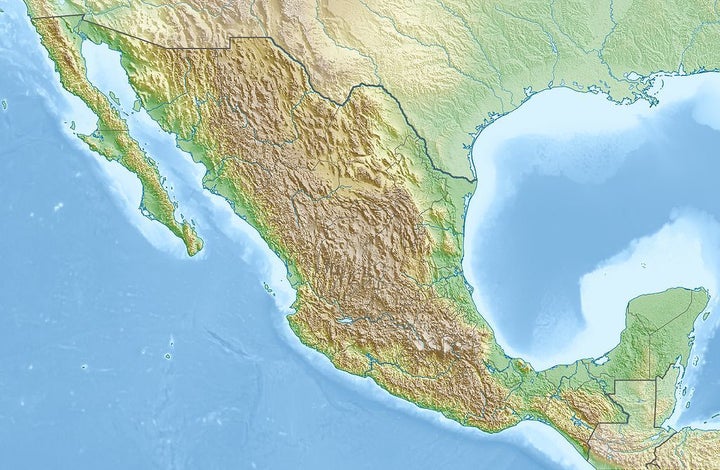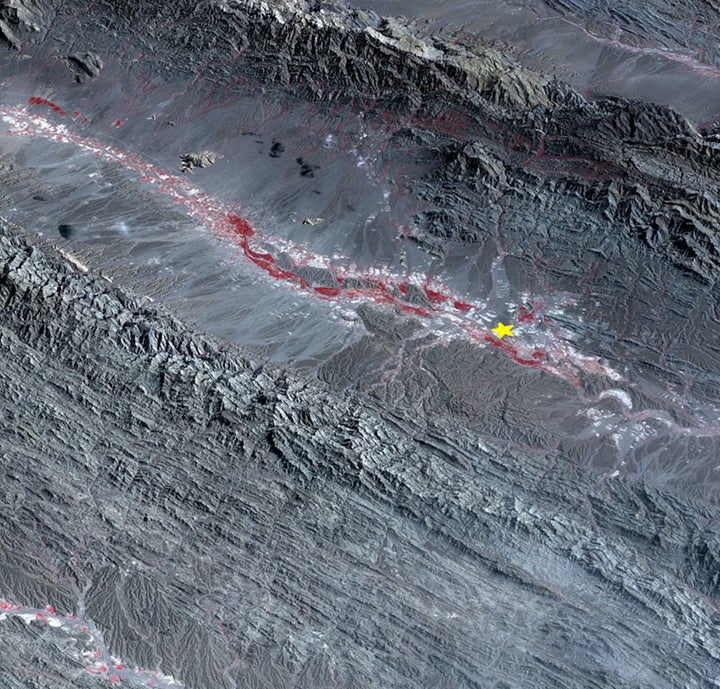
Relief map of Mexico.
Co-authored with Megan Watzke
This week’s horrific and heartbreaking earthquake in Mexico is a reminder of the destructive power earthquakes can deliver. It also comes on the heels of another earthquake in a different part of Mexico just two weeks before.
One of the first facts to be reported about an earthquake is its magnitude. Many of us might be familiar with the term “Richter scale,” which was developed in the 1930s by two scientists at Caltech. The Richter scale was replaced in the 1970s by what is known as the “moment magnitude scale” that more accurately measures the impact of earthquakes.
For non-geologists (such as ourselves), the most important thing we know about any magnitude measurement of an earthquake is that the bigger the number, the worse the earthquake.
One useful point about the moment magnitude scale is that it is logarithmic, where each whole number represents a factor of 32. Therefore, the difference in two whole numbers of the magnitude means that an earthquake is 1,000 times stronger. For example, a 7.0 magnitude earthquake releases 1,000 times more energy than a 5.0 one. (An excellent article in the Los Angeles Times on the history and current use of magnitude in earthquakes can be found here)

Space-based satellites can monitor Earth's changing surface, and map earthquakes, such as the one above in Pakistan from 2012.
The word “magnitude” means many things, including “great extent” and “importance” and a “basis for comparison” as well as the language used to describe the extent to which an earthquake can cause harm.
We are avid believers that science intersects with our daily lives in a host of ways that many of us might overlook. We cannot control when the ground beneath us shakes. But we can do our best to stay informed on the latest scientific concepts, topics and terms. It is one small way that we can improve responses to whatever natural or human-made challenges we might face. To use a clichéd phrase, it is how we can best begin to understand the magnitude of a situation.
Megan Watzke and Kimberly Arcand are the authors of “Magnitude: The Scale of the Universe,” which will be available on November 7, 2017.
